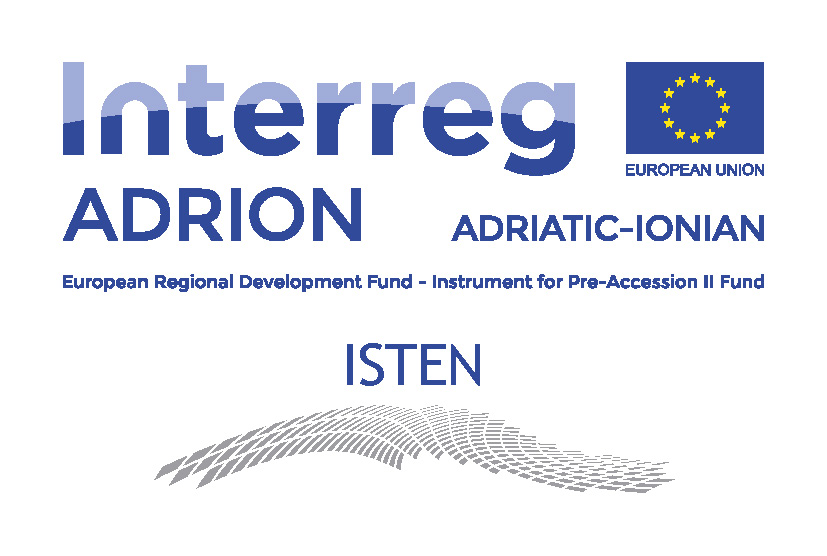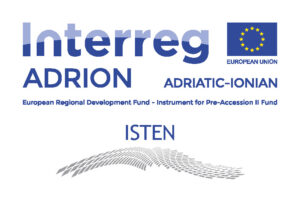 The ISTEN Interreg EU project aims at qualifying the Adriatic and Ionian Ports as strategic nodes and hubs for the ADRION Region by setting up strategies, a transnational cooperation network and a joint action plan to improve hinterland intermodal connections, pushing in particular rail freight flows and last mile connection to the TEN-T Corridors.
The ISTEN Interreg EU project aims at qualifying the Adriatic and Ionian Ports as strategic nodes and hubs for the ADRION Region by setting up strategies, a transnational cooperation network and a joint action plan to improve hinterland intermodal connections, pushing in particular rail freight flows and last mile connection to the TEN-T Corridors.
ISTEN Project Consortium is led by Mediterranean University of Reggio Calabria and involves ports from Italy, Croatia, Slovenia, Greece, and Montenegro as main Mediterranean gateways to the TEN-T and Motorway of the Sea, plus other research institutions and stakeholders from Albania, Italy, Serbia and Greece.
The project objectives
The core objectives of the project consist of:
- steering priorities of involved territories by identifying major bottlenecks and developing integrated infrastructure planning at transnational level and consistent investment strategies;
- providing guidelines and criteria for defining legal, technical and operational conditions useful to establish an efficient ADRION transnational network;
- building capacity in planning infrastructures and identifying measures and actions to be adopted for setting-up integrated hubs and
- enhancing the efficiency and environmental sustainability of freight logistics flows across the ADRION area.
The project activities
ISTEN activities are organised through two different
pillars:
- WP T1 – Transnational Cooperation Network. It aims to carry out an in-depth analysis of the local characteristics, context and bottlenecks of ISTEN sites and develop a Transnational Cooperation Network, with related meetings and reports.
- WP T2 – Action Plans for ADRION Hubs. It aims to
set up and develop Local Stakeholders Working Groups,- drafting of site-specific Local Action Plan, one per each of the ISTEN site, and
- building of a Strategic Action Plan for ADRION Region.
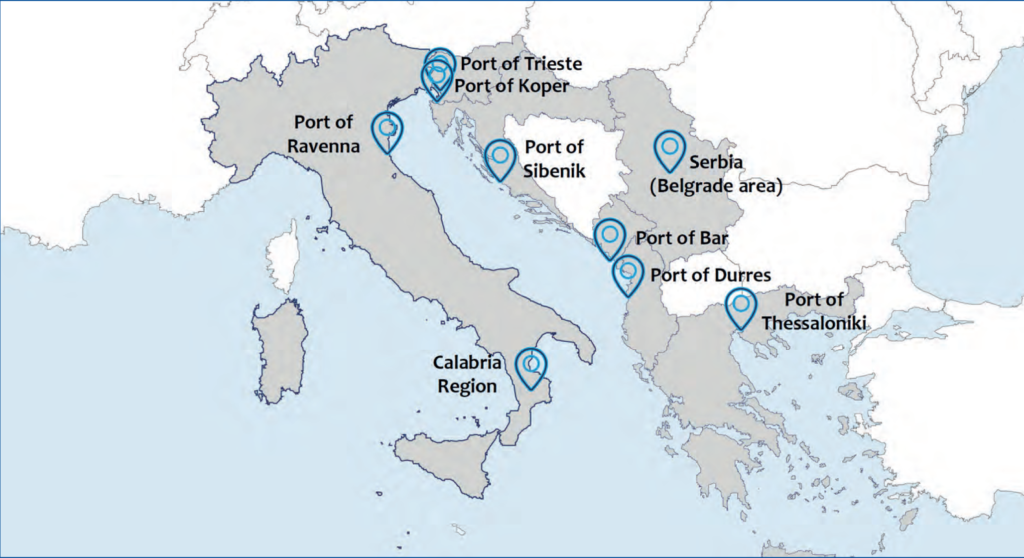
The ISTEN Approach
Bottlenecks analysis
Improved knowledge on the current port-hinterland bottlenekcs in the ADRION Region
In 2018 and 2019, the ISTEN Project had developed a comprehensive analysis at both local and transnational/ EU level of the existing and potential commercial flows across the ADRION area, identifying the main bottlenekcs towards achieving an ‘integrated network of ports and hubs’. The analysis was based on five different cluster: marker, infrastructure, operation, institution, and innovation. Each partner identified some critical bottlenecks in each of these categories. In parallel, the Consortium made a comprehensive overview of best practices on port-hinterland integration, identifying more than 30 different initiatives.
Cooperation network
Strengthened cooperation among port and hinterland stakeholders at local/hub and transnational/ network level
A set of different local Working groups (WGs) was developed since the project kicked-off. Each WG grouped key institutional and private stakeholders involved in the logistics and intermodal chain, such as port authorities, municipalities, freight/terminal operators, shipping agents, etc.). The WGs periodically held meetings, coordinated by the ISTEN project partners, to discuss about the needs, problems, requirements and most important actions to be developed locally in order to overcome the main identified port-hinterland bottlenecks. In parallel, a transnational cooperation network was set up to facilitate the exchange of information and knowledge among key transport and logistics actors.
Planning
Enhanced capacity in planning and organising efficient and environmentally sustainable logistic services
Based on the findings and outcomes of the local Working Groups, each ISTEN project partner identified a set of relevant measures to be planned and implemented for the achievement of the desired level of integration among porthinterland actors, infrastructures and operations. As final activity, the Project has the ambition of gaining findings from the overall of ISTEN Project activities for drafting a transnational strategy/ plan for the development of an integrated hubs network at ADRION level. While ISTEN Local Action Plans have been developed for answering specific needs of the target port and its hinterland, this strategy will be a key element for defining future investments and opportunities for improve the competitiveness of the ADRION region and the operativity and integrations of the different nodes of the logistic chain.
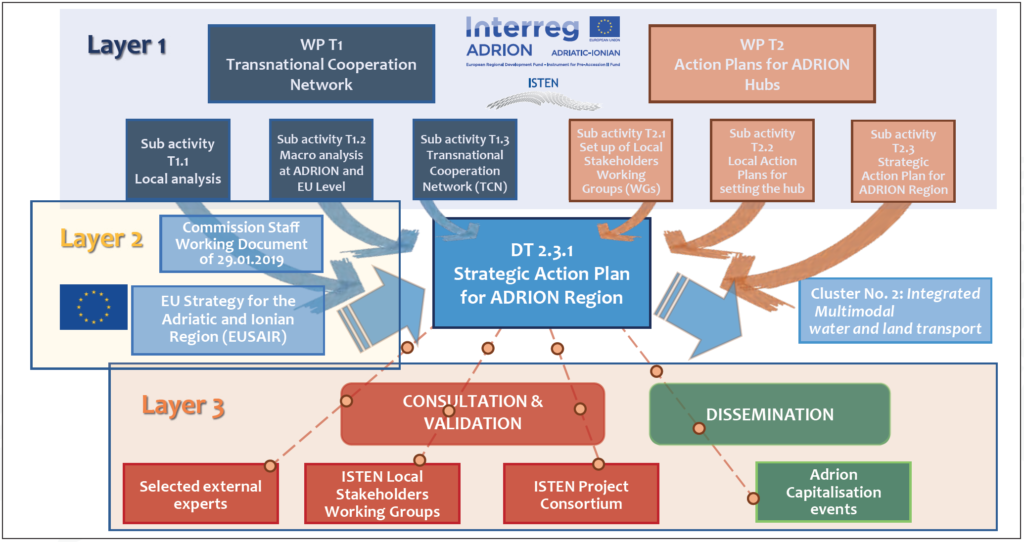
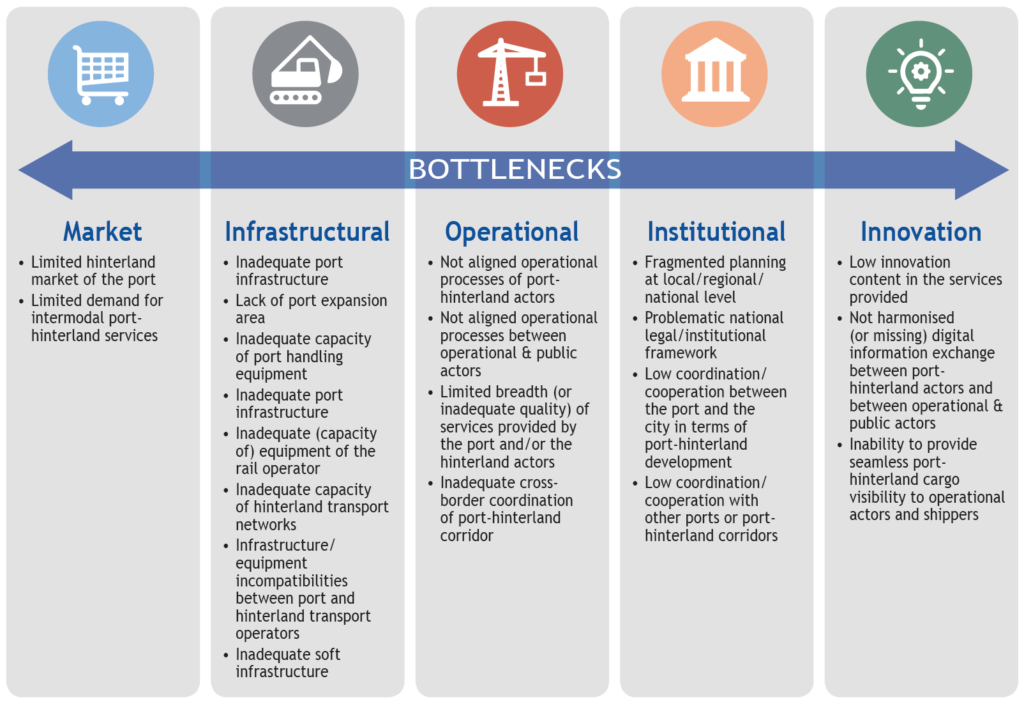
The Methodology for drafting the LAP
The results of each WG discussion have been analysed and elaborated for identifying the local measures most relevant at site level to foster the integration of port with its hinterland. The steps and specific actions for the implementation of these measures have been developed in the Local Actions Plans (LAP). The LAP are planning instruments detailing the main interventions and measures needed to address and overcome some of the identified bottlenecks and foster the integration of the port with its hinterland. ITL Foundation was the leader of this activity coordinated the ISTEN partners in the elaboration of the specific local action plans (one per each ISTEN site). A common methodology was defined based on the Canvas approach, which has been useful in supporting and summarising the discussions held at local level with the relevant stakeholders. More detailed information have been reported on D.T.2.2.1 – ISTEN Common Methodology for Local Action Plans, available here.
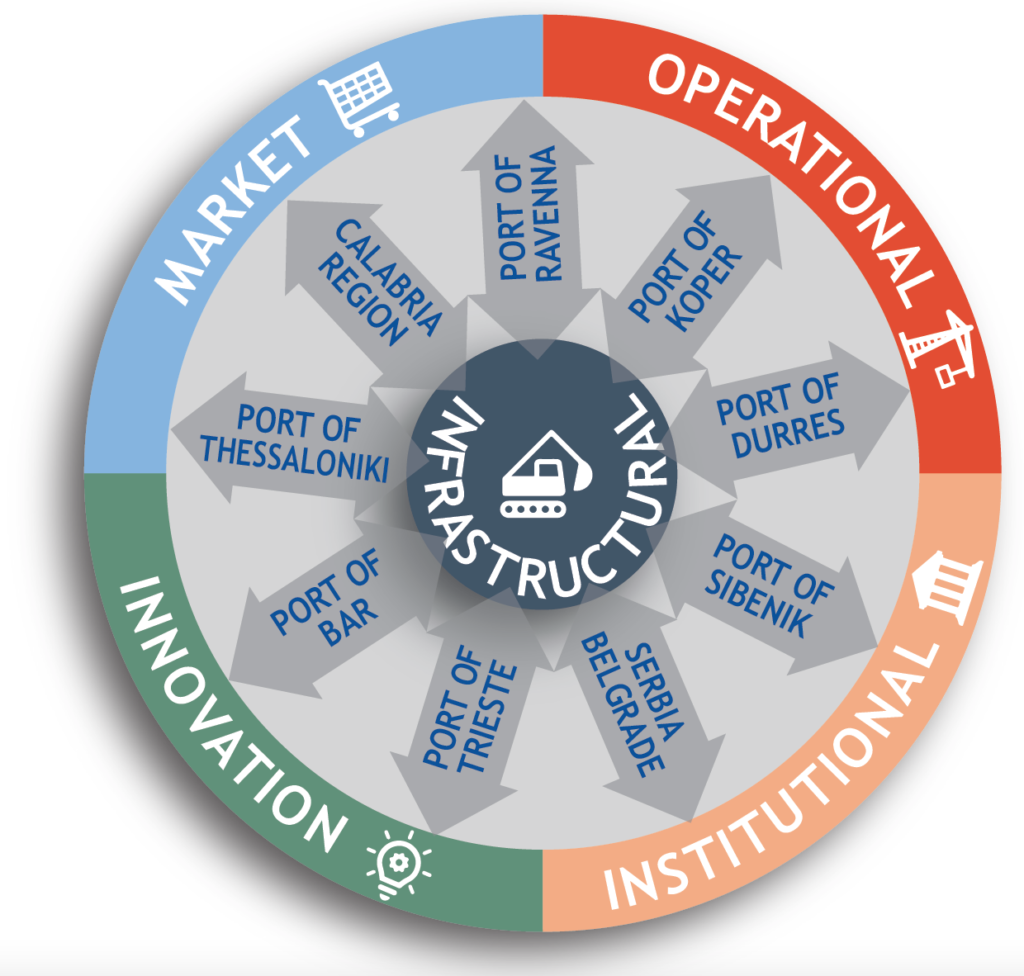
Each ISTEN project partner developed a specific Local Action Plan addressing those areas that were commonly recognized as key priorities in the discussion with the stakeholders involved in the elaboration of the strategy. The enhancement of reliable and efficient information flows of data among different stakeholders involved in the port-hinterland operations was identified as a key priority in the port of Trieste and Koper, which respectively focused their plan on the upgrade of the local Port Community System with new functionalities and the introduction of specific IT solutions for streamlining the logistics procedures at terminal and gates. Actions at the PCS level were also planned in the Bar plan. Other partners aimed at developing a consistent framework within the port organisation that would put the basis for the introduction of new and innovative solutions. It was the case of the port of Thessaloniki, where the setup of an Innovation hub has been planned, including a StartUp Incubator, a Digital Skill Academy, and other structures. Also, Serbia moved in this direction and planned similar measures. The Action Plans of Ravenna and Calabria Region were focused on expanding the hinterland market of the port, the first by strengthening the connection between the port and the Ceramic industry District, the second by planning commercial strategies for better positioning the Calabrian ports in the Deep sea and Short sea main shipping routes. The Sibenik Knin and Durres AP developed strategies for improving the international cooperation between regional, national and intranational stakeholders (the former) and upgrading the regulation in line with the IMO and EU standards (the latter). At the same time, all partners identified some specific actions to be developed at the level of the railway infrastructure and port hinterland connections that could enhance the intermodal freight flows towards a progressive modal shift to rail transportation.
